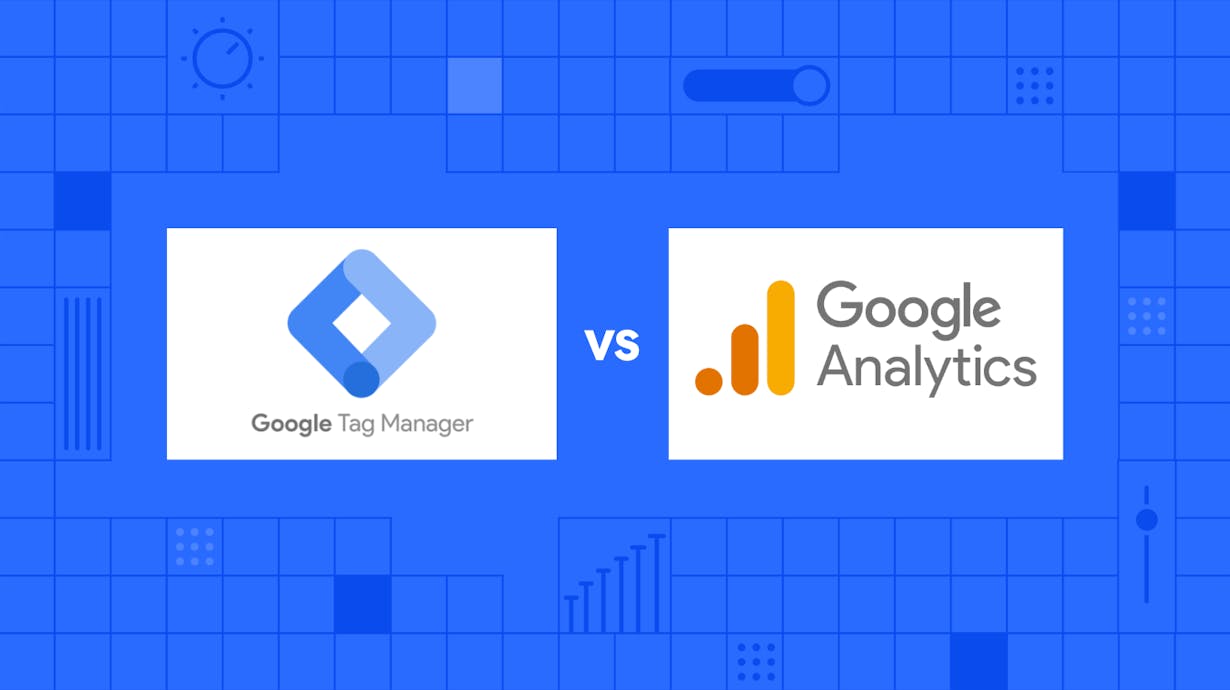Explained: What Is Not Considered a Source in Google Analytics by Default
Explained: What Is Not Considered a Source in Google Analytics by Default
Blog Article
Using the Complete Possible of Google Analytics for Company Development
In the realm of digital organization methods, Google Analytics stands as a stalwart tool for companies seeking to browse the complexities of on the internet information. Its capacities extend much past plain web site web traffic monitoring, using a wealth of insights that, when taken advantage of efficiently, can drive considerable development and success. As services strive to make educated decisions and optimize their online presence, the concern occurs: How can one genuinely unlock the full potential of Google Analytics to move service growth and achieve tactical goals? This conversation intends to clarify the untapped opportunities and strategic methods that can change the method companies leverage this powerful platform.
Establishing Google Analytics Account
Establishing up your Google Analytics account is a necessary initial action in effectively tracking and evaluating information for your business development. To begin, go to the Google Analytics website and sign in with your Google account. Next, click on "Start totally free" and follow the prompts to establish your account by supplying details regarding your website, such as the name, URL, industry category, and reporting time area.
After finishing these steps, you will certainly obtain a monitoring ID, which is an unique code that you require to add to your web site. This code permits Google Analytics to gather information and create records based on the task happening on your website. You can include this monitoring ID by hand to your internet site's HTML code or utilize a plugin if you are using a platform like WordPress.

Recognizing Secret Metrics

Website Traffic Sources: Understanding where your web site web traffic is originating from (direct, organic search, social networks, referrals) aids in tailoring your advertising and marketing approaches to concentrate on channels that drive one of the most site visitors.
Bounce Rate: This statistics indicates the portion of visitors who navigate away from your website after seeing only one web page - What Is Not Considered A Source In Google Analytics By Default. A high bounce price might signal concerns with site use or web content significance
Conversion Price: Tracking the portion of site visitors that finish a wanted action, such as signing or making an acquisition up for an e-newsletter, is important for examining the efficiency of your website in accomplishing business objectives.
Pageviews: Keeping track of the number of times each page on your site is checked out gives understandings into prominent content and customer engagement levels.
Carrying Out Personalized Tracking
To boost the depth of insights gathered from Google Analytics, companies can profit dramatically by including custom-made tracking methods tailored to their specific objectives. Customized monitoring allows businesses to track unique information factors that are not recorded by default in Google Analytics. By executing custom tracking, firms can acquire a more thorough understanding of customer habits, conversion patterns, and various other crucial metrics that are important for making notified organization decisions.
One usual technique of custom-made monitoring is establishing up event monitoring to check specific individual communications on a site, such as clicks on buttons, video views, or downloads. This enables companies to examine the effectiveness of their site components and advertising projects more specifically.
In addition, organizations can create custom-made dimensions and metrics to track and analyze information that specifies to their industry or business design. An e-commerce business may establish up customized tracking to monitor the efficiency of different product categories or consumer segments.
Assessing Conversion Courses
By leveraging the understandings acquired from personalized monitoring approaches, businesses can now concentrate on evaluating conversion paths to more improve their understanding of customer habits and maximize their conversion approaches. Evaluating conversion paths entails taking a look at the series of steps customers hop over to these guys take before completing a preferred action, such as signing or making a purchase up for a try here solution. By delving into the conversion paths within Google Analytics, companies can recognize usual paths that lead to conversions, in addition to any kind of bottlenecks or drop-off points that might prevent the conversion procedure.
Through the evaluation of conversion paths, companies can get important insights right into the efficiency of their web site layout, web content, and calls to action. This information can aid companies make notified choices about where to assign resources for maximum influence on conversion rates. By recognizing the numerous courses users take on their journey to conversion, services can tailor their marketing strategies to much better guide individuals via the conversion channel and ultimately improve their general conversion prices.
Utilizing Advanced Functions
Use the full capacity of Google Analytics by discovering its sophisticated functions to improve your organization's data-driven decision-making abilities. Custom reports allow you to customize the data presented to meet your certain business requirements and objectives.

In addition, progressed segmentation allows you evaluate different subsets of your website's web traffic to recognize patterns, opportunities, and patterns. By segmenting your target market based upon different criteria like demographics, actions, or web traffic resources, you can much better recognize their choices and customize your advertising and marketing strategies as necessary. Leveraging these innovative attributes in Google Analytics can give beneficial insights that drive educated decision-making and eventually add to your organization's development.
Verdict
To conclude, harnessing the full capacity of Google Analytics for business development involves establishing an account, understanding crucial metrics, applying custom-made monitoring, examining conversion courses, and making use of sophisticated attributes. By making use of these approaches properly, organizations can gain valuable insights right into their site performance, customer habits, and conversion rates. This data-driven method can help services make informed choices, enhance their on-line visibility, and eventually attain lasting growth.
As services aim to make enlightened choices and maximize their online visibility, the concern occurs: How can one absolutely open the full potential of Google Analytics to propel service development and accomplish strategic goals?To improve the depth of insights gathered from Google Analytics, companies can benefit significantly by integrating custom-made tracking approaches customized to their details objectives. Custom tracking allows services to track distinct information points that are not captured by default in Google Analytics. By diving into the conversion paths within Google Analytics, companies can determine usual routes that lead to conversions, as well as any kind of bottlenecks or drop-off points that might prevent the conversion procedure.
In verdict, taking advantage of the complete possibility of Google Analytics for company growth entails establishing up an account, recognizing essential metrics, applying custom tracking, examining conversion important site courses, and using advanced attributes.
Report this page